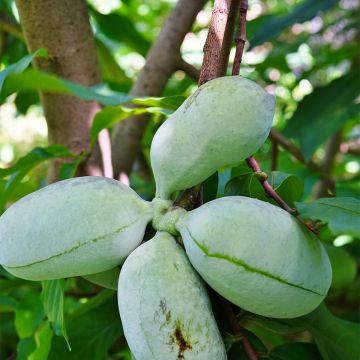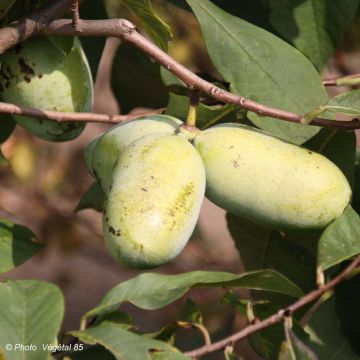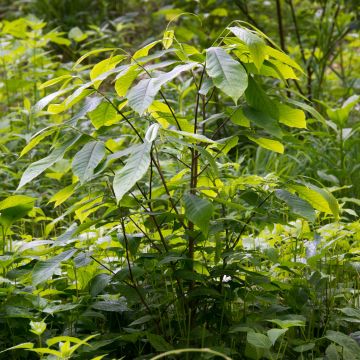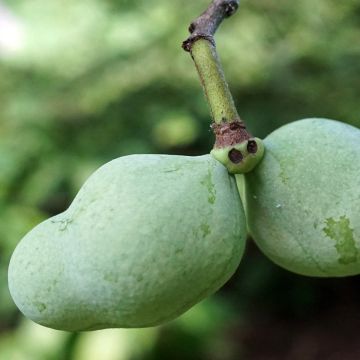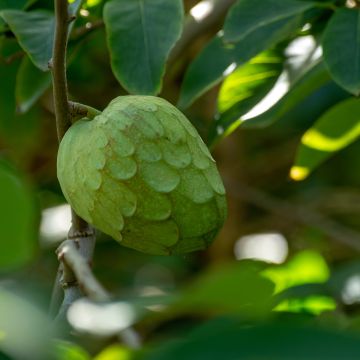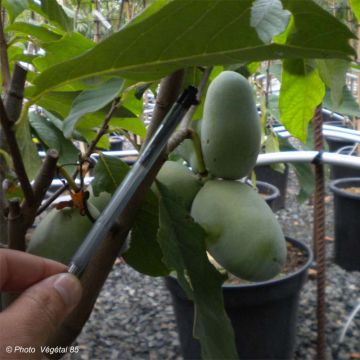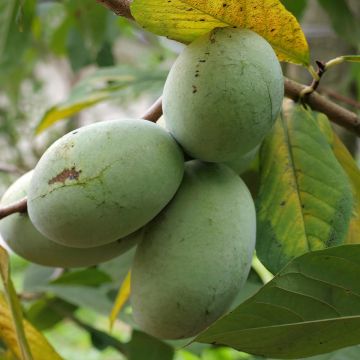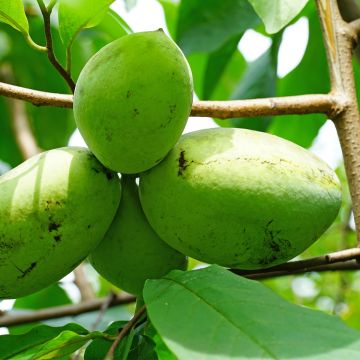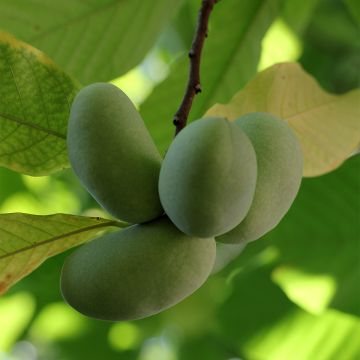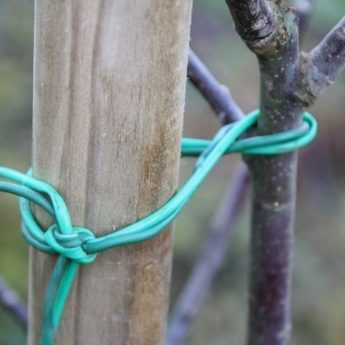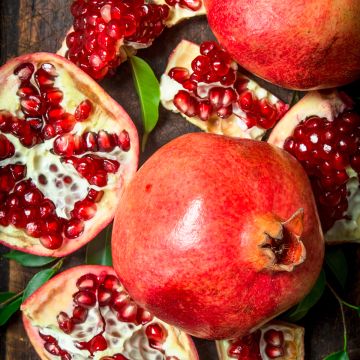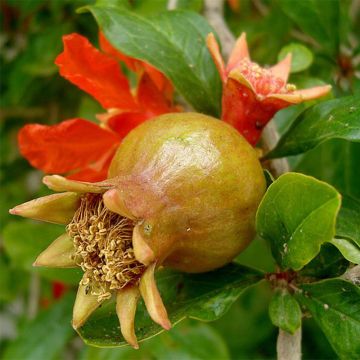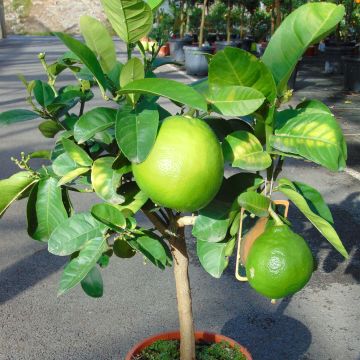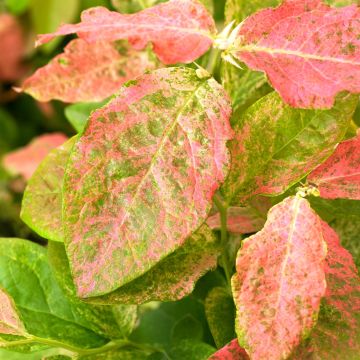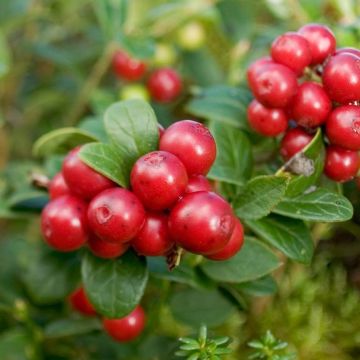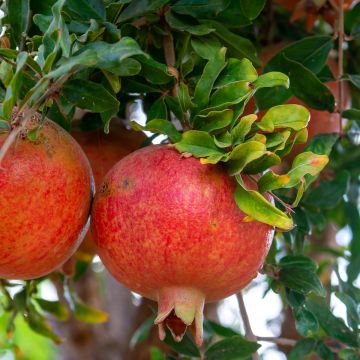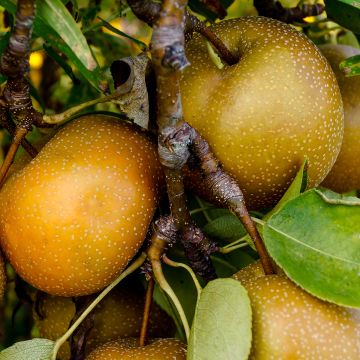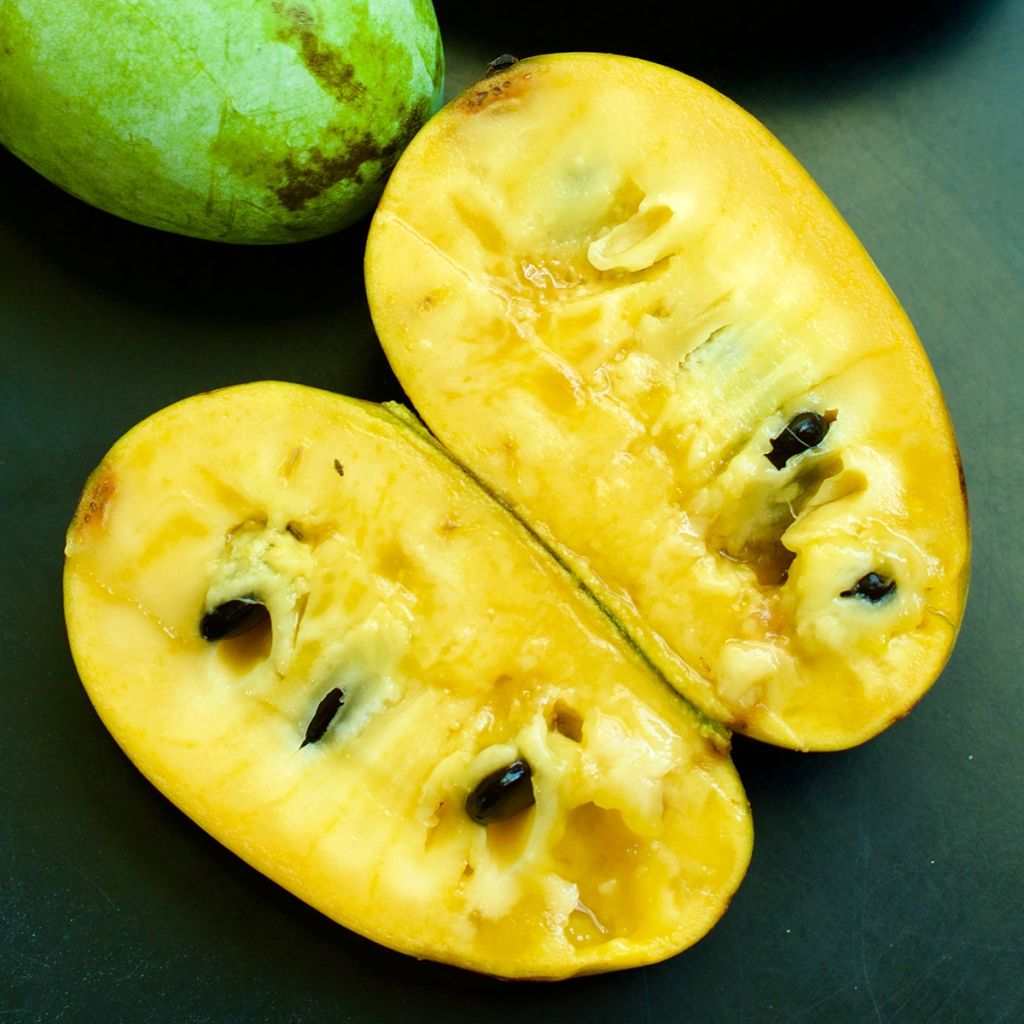

Asimina triloba Prolific - Paw Paw
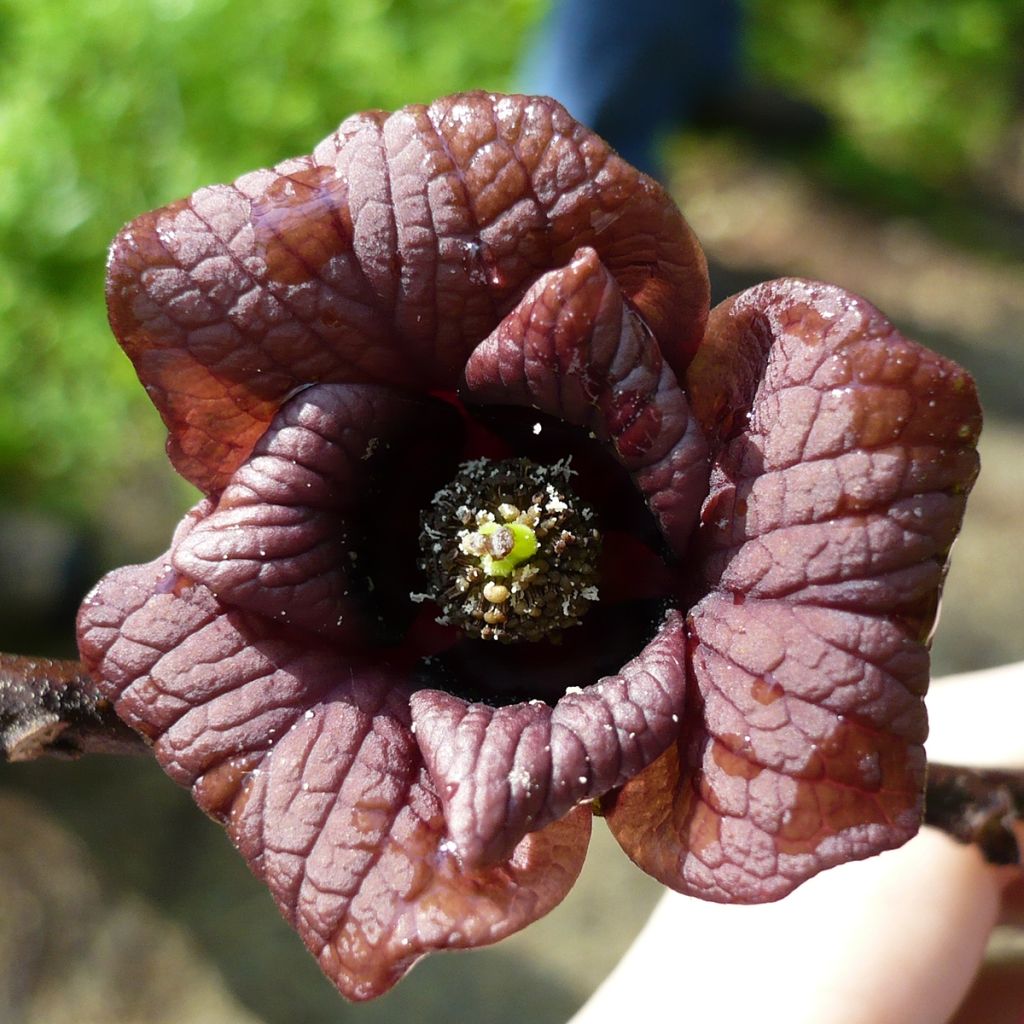

Asimina triloba Prolific - Paw Paw
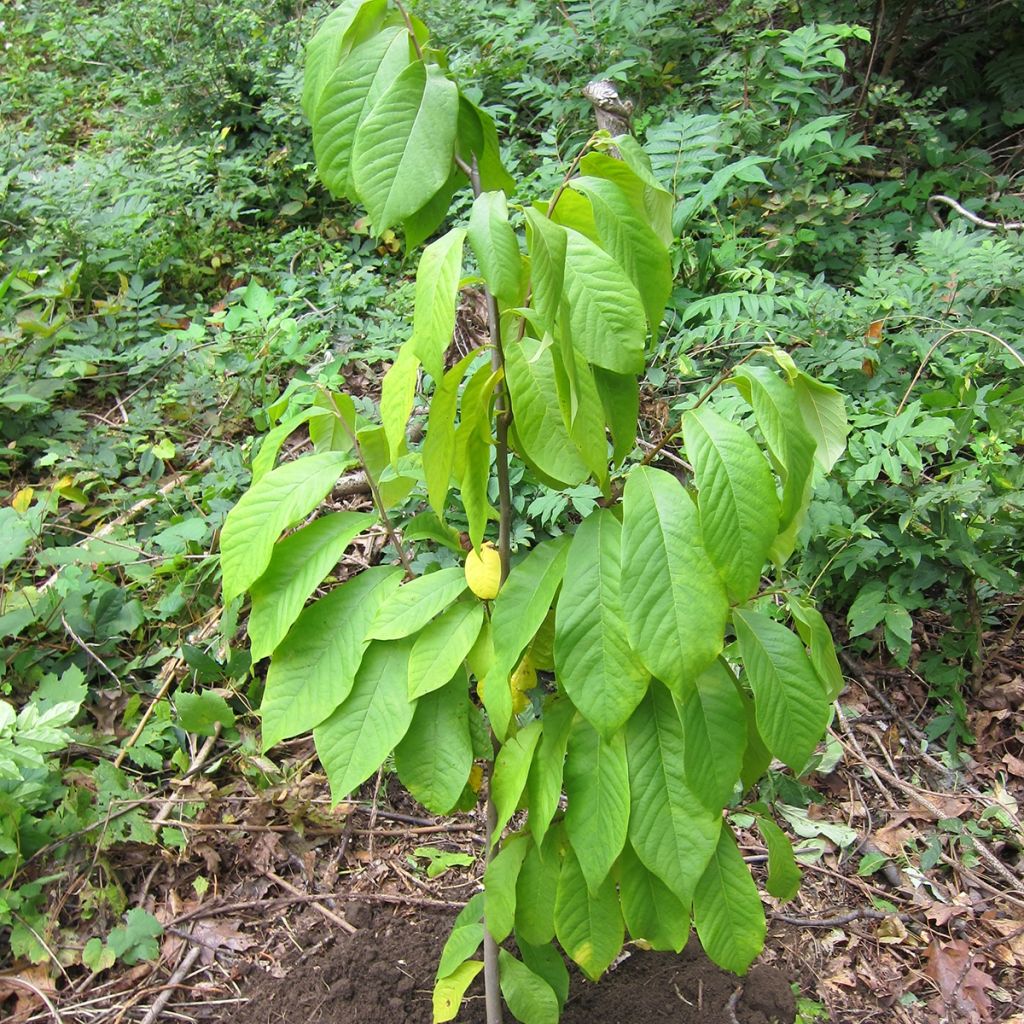

Asimina triloba Prolific - Paw Paw
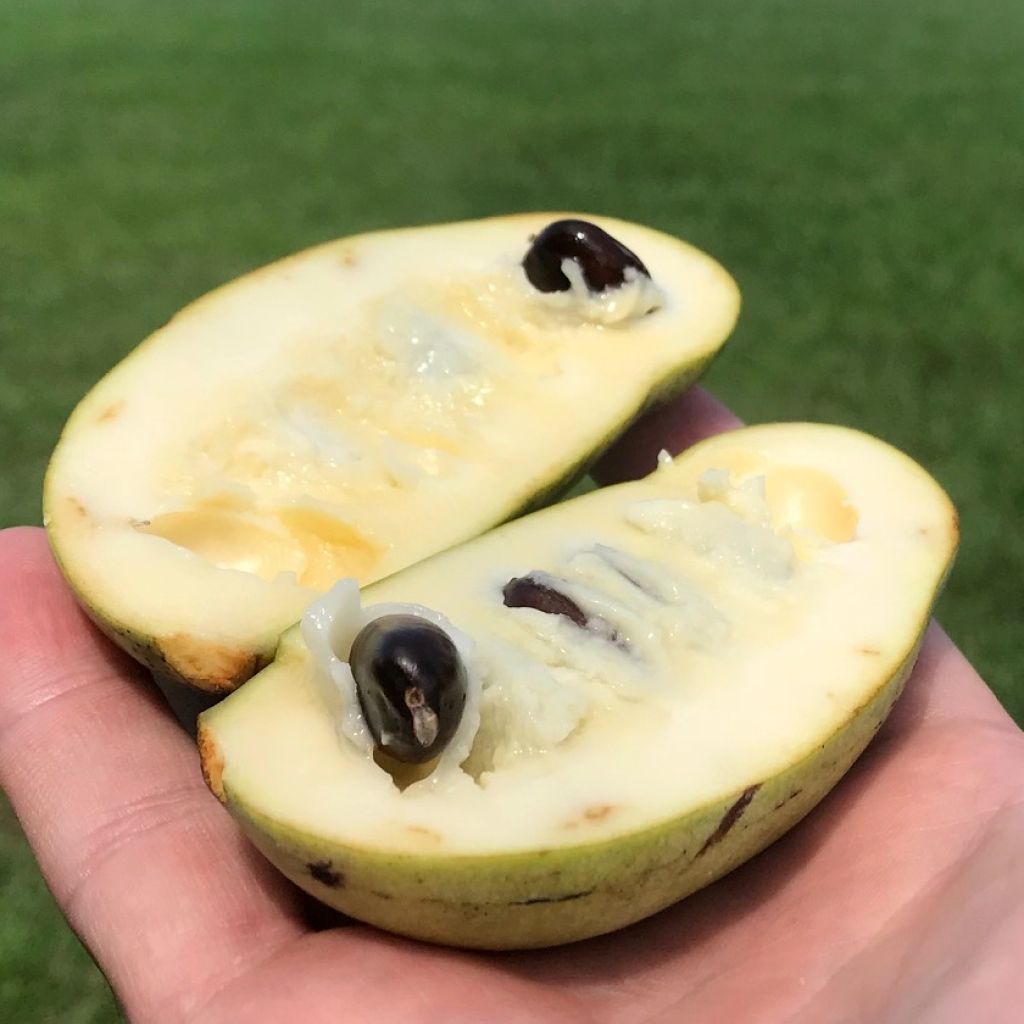

Asimina triloba Prolific - Paw Paw
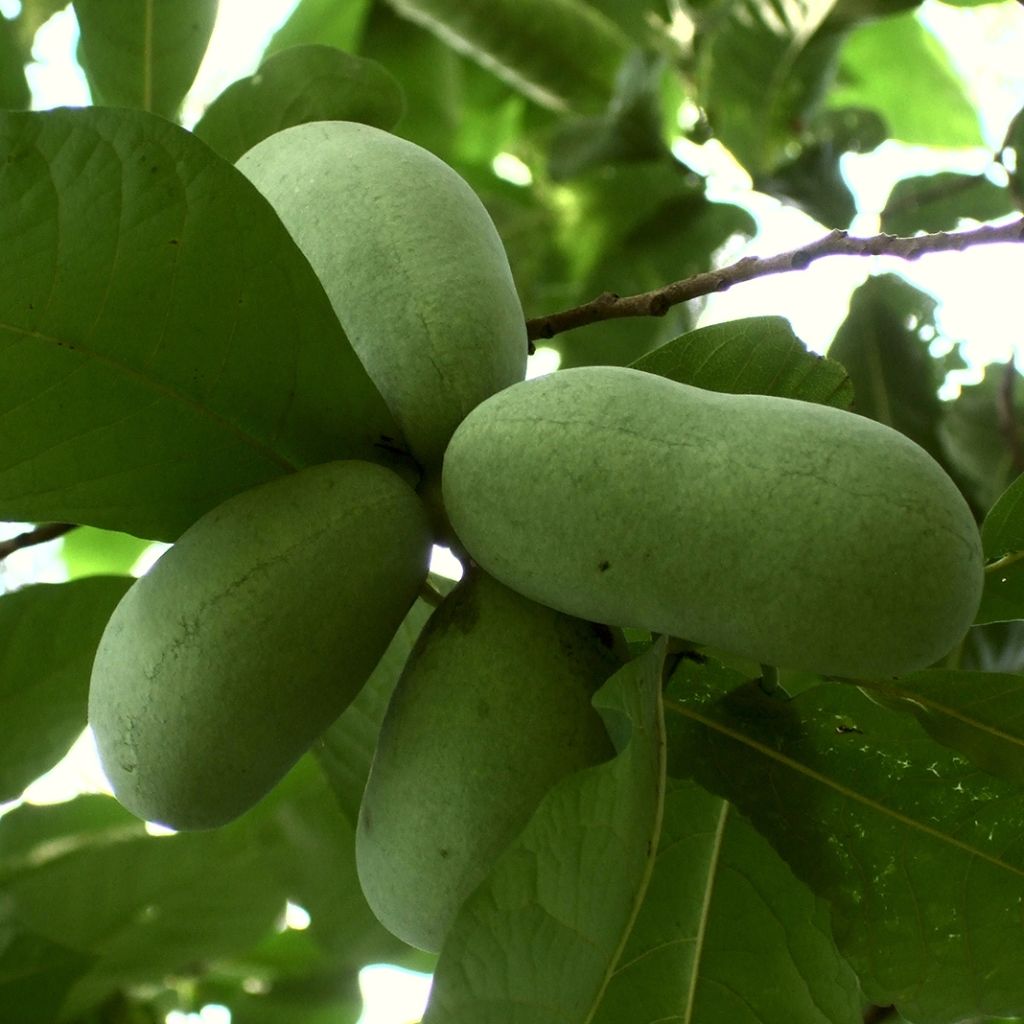

Asimina triloba Prolific - Paw Paw
Asimina triloba Prolific - Paw Paw
Asimina triloba Prolific
Pawpaw, Paw Paw, Paw-Paw, Common Pawpaw, Indiana Banana, American Custard Apple
Why not try an alternative variety in stock?
View all →This plant carries a 6 months recovery warranty
More information
We guarantee the quality of our plants for a full growing cycle, and will replace at our expense any plant that fails to recover under normal climatic and planting conditions.
Description
The Asimina Prolific is a variety of pawpaw tree that is vigorous, highly productive, and quick to bear fruit, capable of fruiting after two or three years of cultivation. The bush produces medium-sized fruits, weighing an average of 200 grams, with pale yellow skin and flesh. They have a pleasant fragrance, with a slight hint of coconut. The taste and texture of its pawpaws also resemble those of mango, banana, with a touch of pineapple, without its acidity. This variety, of American origin, is not self-fertile; to obtain fruit, the presence of another pawpaw tree nearby is essential. Still relatively uncommon in our gardens and orchards, the pawpaw tree displays a distinctly tropical appearance, contradicted by its hardy temperament and perfect adaptation to our temperate, even continental, climates.
The Asimina triloba is a plant belonging to the annonaceae family, which includes tropical fruit trees such as custard apples, soursop, cinnamon apples, cherimoya, and ylang-ylang. All these species are fairly primitive flowering plants, similar to magnolias. The pawpaw tree is native to the United States and southeastern Canada. It grows naturally in alluvial deposits along rivers, as well as on sandy and muddy riverbanks, particularly in the Mississippi and Ohio River basins. While becoming quite rare in the wild, the pawpaw tree is increasingly planted in North American parks and gardens. However, large-scale cultivation as an orchard tree is not feasible due to profitability reasons, as the plant does not lend itself well to mechanized cultivation and fruit harvesting. However, it is an excellent fruit tree, as well as an ornamental tree, for private gardens.
The 'Prolific' variety was selected by Corwin Davis in Bellevue, Michigan, between 1980 and 1990. It is interesting for its productivity, quick fruiting, and excellent fruit quality. If left unpruned, the tree will reach about 5 meters (16 feet) in height and 3 meters (10 feet) in width, with a conical to pyramidal habit, the crown being supported by a straight, thick trunk covered with gray bark. In the garden, with regular pruning, this tree can grow to a height of 3 meters (10 feet) and a width of 2 to 2.50 meters (7 to 8 feet). Its growth is quite slow, especially during the first few years, as the pawpaw tree initially develops its root system. The foliage, with an exotic appearance, is deciduous. The large leaves, measuring 15 to 30 cm (6 to 12in) in length, are alternate, rather drooping, and elongated oval in shape. They appear fairly late in spring, after flowering. Their shape somewhat resembles chestnut leaves. Green in summer, they turn a lovely yellow colour in autumn before browning and falling.
The Asimina Prolific is not self-fertile; it is essential to plant at least two trees to facilitate pollination. This is ensured by insects (common flies, dung flies, or beetles). The rounded floral buds appear at the axils of the leaves as early as summer and will open in the following spring, around April, just before the emergence of new leaves. They are bell-shaped flowers, 5 cm (2in) in diameter, with 6 petals, ranging in color from purple to brownish. They appear singly or in small clusters on the branches.
Pawpaws are large oval berries that can measure up to 20 cm (8in). The skin is greenish-yellow when ripe and contains firm, creamy pulp, with a texture resembling that of an avocado. The pulp is usually yellow and contains very few large black seeds (up to a maximum of 3% of the total weight of the fruit). The taste and texture of pawpaw resemble mango, pineapple, and banana, sometimes with a slight vanilla aroma. The fruits are harvested when they become soft to the touch and are about to fall. The harvest takes place over a period of about twenty days, around September. Once picked, the fruits can be stored for a few days at room temperature or one to two weeks in the refrigerator. Peel the fruits and remove the seeds before consuming them. You can eat them fresh or make ice creams, sorbets, juices, or compotes. Pawpaws are rich in vitamins A and C, as well as amino acids and trace elements.
This small deciduous tree is very hardy and can withstand temperatures as low as -20°C (-4°F). However, it is sensitive to hot summers and arid soils. It thrives in cool, loose, fertile, and well-drained soil. Suitable climates are oceanic or continental, experiencing relatively warm but humid summers and cold winters, which are essential for inducing flowering.
Properties:
The leaves of the pawpaw tree contain naturally occurring substances with proven insecticidal properties, particularly against nematodes. Therefore, it can be beneficial to use dead leaves as mulch around sensitive plants.
Report an error about the product description
Plant habit
Fruit
Flowering
Foliage
Botanical data
Asimina
triloba
Prolific
Annoncaeae
Pawpaw, Paw Paw, Paw-Paw, Common Pawpaw, Indiana Banana, American Custard Apple
North America
Other Asimina trees
View all →Planting and care
The Prolific Pawpaw tree thrives in deep, moderately rich, well-drained and moist soil with a neutral or slightly acidic pH (from 6.5 to 7.5). This plant dislikes both arid and waterlogged soils. Plant it in full sun or, if your summers are very hot, in partial shade, protected from strong winds that can damage the foliage. It is best to plant it in February-March, before the start of vegetation, or in autumn.
Loosen the soil deeply as the Pawpaw tree will develop a long taproot. Space the plants 2.50 to 3 m (8 to 10ft) apart. Dig a wide planting hole (at least 3 times the volume of the root ball). Incorporate compost into the soil, then place the plant without touching the fragile roots. Fill the hole, do not compact the soil around the base of the plant, and water generously. Optionally, add a mixture of soil and potting soil to bring the substrate level up to the collar of the tree. Water again and repeat the process if necessary.
No treatment is necessary, as the Pawpaw tree is not very susceptible to diseases or insects. Its leaves even have insecticidal properties.
Planting period
Intended location
Care
Planting & care advice
-
, onOrder confirmed
Reply from on Promesse de fleurs
Similar products
Haven't found what you were looking for?
Hardiness is the lowest winter temperature a plant can endure without suffering serious damage or even dying. However, hardiness is affected by location (a sheltered area, such as a patio), protection (winter cover) and soil type (hardiness is improved by well-drained soil).

Photo Sharing Terms & Conditions
In order to encourage gardeners to interact and share their experiences, Promesse de fleurs offers various media enabling content to be uploaded onto its Site - in particular via the ‘Photo sharing’ module.
The User agrees to refrain from:
- Posting any content that is illegal, prejudicial, insulting, racist, inciteful to hatred, revisionist, contrary to public decency, that infringes on privacy or on the privacy rights of third parties, in particular the publicity rights of persons and goods, intellectual property rights, or the right to privacy.
- Submitting content on behalf of a third party;
- Impersonate the identity of a third party and/or publish any personal information about a third party;
In general, the User undertakes to refrain from any unethical behaviour.
All Content (in particular text, comments, files, images, photos, videos, creative works, etc.), which may be subject to property or intellectual property rights, image or other private rights, shall remain the property of the User, subject to the limited rights granted by the terms of the licence granted by Promesse de fleurs as stated below. Users are at liberty to publish or not to publish such Content on the Site, notably via the ‘Photo Sharing’ facility, and accept that this Content shall be made public and freely accessible, notably on the Internet.
Users further acknowledge, undertake to have ,and guarantee that they hold all necessary rights and permissions to publish such material on the Site, in particular with regard to the legislation in force pertaining to any privacy, property, intellectual property, image, or contractual rights, or rights of any other nature. By publishing such Content on the Site, Users acknowledge accepting full liability as publishers of the Content within the meaning of the law, and grant Promesse de fleurs, free of charge, an inclusive, worldwide licence for the said Content for the entire duration of its publication, including all reproduction, representation, up/downloading, displaying, performing, transmission, and storage rights.
Users also grant permission for their name to be linked to the Content and accept that this link may not always be made available.
By engaging in posting material, Users consent to their Content becoming automatically accessible on the Internet, in particular on other sites and/or blogs and/or web pages of the Promesse de fleurs site, including in particular social pages and the Promesse de fleurs catalogue.
Users may secure the removal of entrusted content free of charge by issuing a simple request via our contact form.
The flowering period indicated on our website applies to countries and regions located in USDA zone 8 (France, the United Kingdom, Ireland, the Netherlands, etc.)
It will vary according to where you live:
- In zones 9 to 10 (Italy, Spain, Greece, etc.), flowering will occur about 2 to 4 weeks earlier.
- In zones 6 to 7 (Germany, Poland, Slovenia, and lower mountainous regions), flowering will be delayed by 2 to 3 weeks.
- In zone 5 (Central Europe, Scandinavia), blooming will be delayed by 3 to 5 weeks.
In temperate climates, pruning of spring-flowering shrubs (forsythia, spireas, etc.) should be done just after flowering.
Pruning of summer-flowering shrubs (Indian Lilac, Perovskia, etc.) can be done in winter or spring.
In cold regions as well as with frost-sensitive plants, avoid pruning too early when severe frosts may still occur.
The planting period indicated on our website applies to countries and regions located in USDA zone 8 (France, United Kingdom, Ireland, Netherlands).
It will vary according to where you live:
- In Mediterranean zones (Marseille, Madrid, Milan, etc.), autumn and winter are the best planting periods.
- In continental zones (Strasbourg, Munich, Vienna, etc.), delay planting by 2 to 3 weeks in spring and bring it forward by 2 to 4 weeks in autumn.
- In mountainous regions (the Alps, Pyrenees, Carpathians, etc.), it is best to plant in late spring (May-June) or late summer (August-September).
The harvesting period indicated on our website applies to countries and regions in USDA zone 8 (France, England, Ireland, the Netherlands).
In colder areas (Scandinavia, Poland, Austria...) fruit and vegetable harvests are likely to be delayed by 3-4 weeks.
In warmer areas (Italy, Spain, Greece, etc.), harvesting will probably take place earlier, depending on weather conditions.
The sowing periods indicated on our website apply to countries and regions within USDA Zone 8 (France, UK, Ireland, Netherlands).
In colder areas (Scandinavia, Poland, Austria...), delay any outdoor sowing by 3-4 weeks, or sow under glass.
In warmer climes (Italy, Spain, Greece, etc.), bring outdoor sowing forward by a few weeks.



































